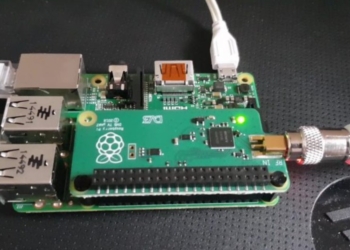The Google Pixel 10 has made its first unofficial appearance in the Android Open Source Project (AOSP), revealing key performance upgrades. Among them, Google is testing a new feature aimed at cutting down boot times, potentially making Android devices launch faster than ever before.
Pixel 10 Surfaces in Kernel Commit Notes
Fresh AOSP commits have exposed Google’s latest experiment: a kernel-level feature called “Parallel Module Loading.” This optimization is designed to enhance Android’s boot process, enabling the system to load modules more efficiently.
In Google’s internal testing:
- Performance Mode reduced kernel module loading time by 30% on the Pixel 10.
- The same feature improved boot times by 25% on the Pixel Fold.
The Performance Mode works by letting the main thread dynamically detect and load independent modules without waiting for all sub-threads to complete. This parallelized approach results in significantly faster boot sequences.
Meanwhile, a Conservative Mode has also been included, but it doesn’t provide any speed improvements. Instead, it ensures a “normal” boot sequence, likely meant for debugging or system stability purposes.
![]()
How Parallel Module Loading Works
Google’s focus on Parallel Module Loading suggests a shift toward refining the fundamental architecture of Android’s boot sequence. The concept revolves around a more strategic approach to loading essential kernel modules earlier, rather than waiting for dependencies to resolve sequentially.
AOSP commits indicate that Google is:
- Prioritizing essential system modules during early boot stages.
- Allowing parallel execution to cut down waiting times.
- Testing different optimization strategies for varied hardware configurations.
Although a 30% improvement may seem limited to a specific aspect of the boot sequence, it highlights Google’s commitment to improving real-world user experience.
What This Means for the Pixel 10
The inclusion of this feature in AOSP strongly suggests that Google is fine-tuning Pixel 10’s performance well ahead of its official launch. If implemented effectively, this optimization could lead to:
- Faster device startups, reducing the time it takes for users to power on their phones.
- More efficient power management, as optimized boot sequences may contribute to better energy consumption.
- A smoother Android experience, particularly when combined with future Android 15 improvements.
Pixel 10 Launch Timeline and Expectations
Although Google has yet to make an official statement regarding the Pixel 10, its presence in AOSP code confirms that development is in full swing. If the company follows its typical release cycle, we could see an official Pixel 10 launch in October 2025.
Alongside the Pixel 10, Google may also introduce:
- Pixel 10 Pro, potentially featuring enhanced hardware and camera improvements.
- A new Pixel Fold model, integrating better software and optimization techniques.
- Android 15 refinements, likely complementing these new hardware features.
The next few months could bring more AOSP reveals, giving us a clearer picture of what Google has planned for its next flagship smartphone.


















